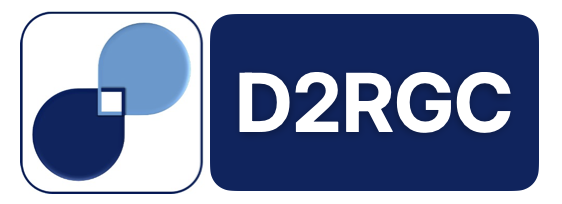Subtotal $0.00
🔐 Key Cybersecurity Documents for SaMD FDA 510(k) Submissions
As Software as a Medical Device (SaMD) continues to evolve, cybersecurity is no longer optional—it’s a regulatory imperative. For FDA 510(k) submissions, manufacturers must demonstrate a robust security framework throughout the software lifecycle.
📁 Here are the core cybersecurity documents required:
✅ Threat Modeling Report – Identification and assessment of potential cybersecurity risks
✅ Security Risk Management File – Integration with ISO 14971 and alignment with FDA premarket guidance
✅ Software Bill of Materials (SBOM) – Transparent inventory of third-party components and dependencies
✅ Cybersecurity Controls & Testing Protocols – Including static/dynamic code analysis, penetration testing, and patch validation
✅ Access Control & Authentication Policies – User-level privileges, encryption, and session handling
✅ Labeling & User Documentation – Clear security instructions for configuration, updates, and incident response
📌 Why it matters:
🔹 Incomplete or vague cybersecurity documentation is a common reason for additional information (AI) letters from the FDA
🔹 Proactive cybersecurity posture enhances product trust, safety, and market readiness
🔹 Helps align with the latest FDA guidance (2023) and NIST recommendations
At D2R Global Consulting, we help SaMD innovators build 510(k)-ready cybersecurity documentation that meets FDA expectations—from threat modeling to SBOMs and postmarket controls.
📩 Planning a 510(k) for your SaMD? Let’s make cybersecurity your submission strength.


Comments are closed